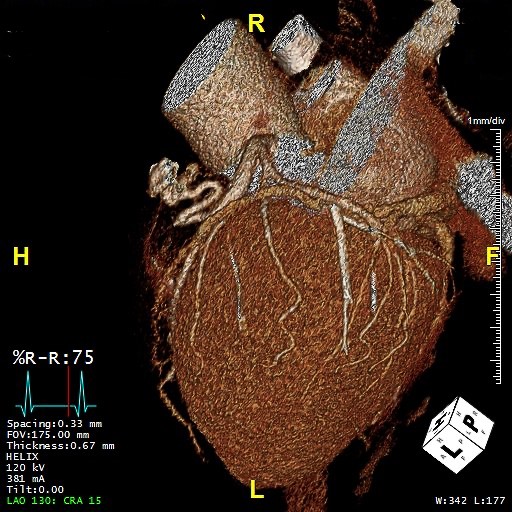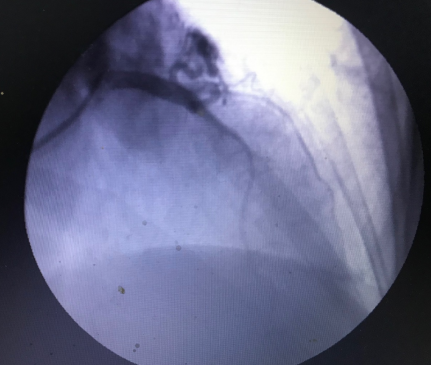ALERT!
This site is not optimized for Internet Explorer 8 (or older).
Please upgrade to a newer version of Internet Explorer or use an alternate browser such as Chrome or Firefox.
Off-Pump Surgical Epicardial Closure of Left Anterior Descending to Pulmonary Artery Fistula
Knop GL. Off-Pump Surgical Epicardial Closure of Left Anterior Descending to Pulmonary Artery Fistula. September 2020. doi:10.25373/ctsnet.12947297
Background
Coronary artery fistulae (CAF) are rare anomalies. Among them, the left anterior descending to pulmonary artery is a very unusual occurrence, and those causing severe ischemic symptoms in that location are exceptional. Large fistulas create a significant shunt and a "steal phenomenon," and can lead to myocardial ischemia and heart failure if left untreated.
Case Presentation
The authors present a 57-year-old woman with a left anterior descending to pulmonary artery fistula, causing progressive and daily ischemic chest pain associated with dyspnea and dizziness. Diagnosis was performed by coronary angiography and 3D computed tomography imaging reconstruction of the left anterior descending and pulmonary artery.

3D computed tomography imaging reconstruction of the LAD and PA and their insertion point to the PA are depicted.
Based on the anatomical location and the tortuosity of the trajectory of the fistula, it was not considered suitable for percutaneous closure and surgery was decided as the best option. Surgical closure of the fistula was performed on a beating heart, off-pump. The outcome was favorable with complete resolution of the ischemic symptoms.
Conclusions
Traditionally, surgery has been the main therapeutic method for the closure of coronary artery fistulas, with proven efficacy and safety. Transcatheter closure approaches have emerged as a less invasive strategy and are nowadays considered a valuable alternative.
Disclaimer
The information and views presented on CTSNet.org represent the views of the authors and contributors of the material and not of CTSNet. Please review our full disclaimer page here.





